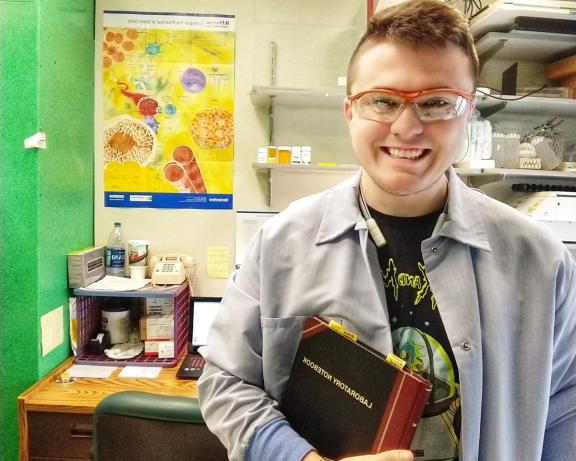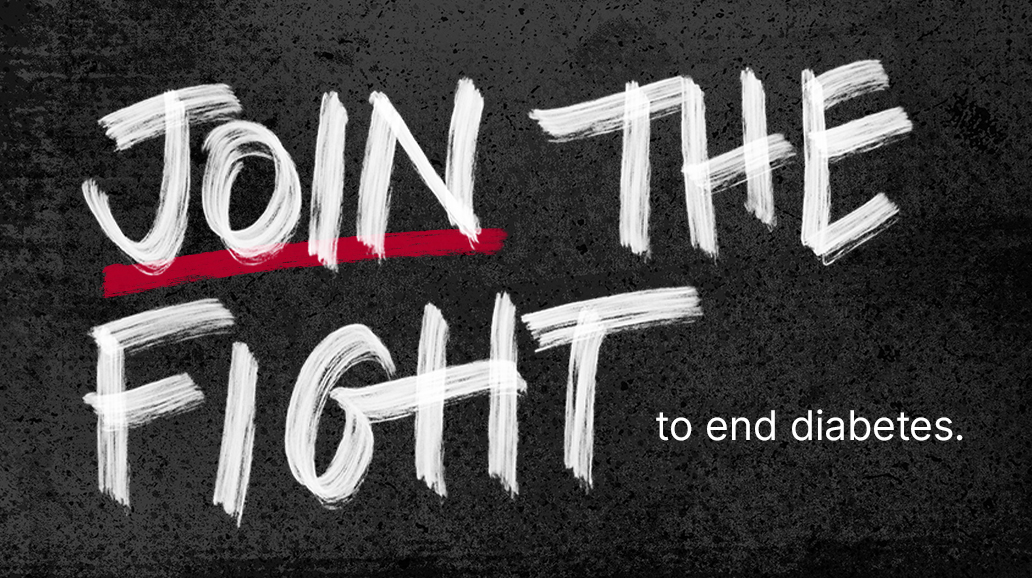
Since the dawn of time, we have searched for ways to make life easier for us. The modern age has given us some amazing technological advances—what we would do without the internet, our iPhones or high-speed travel?
For many people, surviving life without these things sounds rough. However, if you have diabetes, no doubt you’re also a big fan of one particular 20th-century discovery: insulin.
Before insulin was discovered in 1921, people with diabetes didn’t live for long; there wasn’t much doctors could do for them. The most effective treatment was to put patients with diabetes on very strict diets with minimal carbohydrate intake. This could buy patients a few extra years but couldn’t save them. Harsh diets (some prescribed as little as 450 calories a day!) sometimes even caused patients to die of starvation.
So how did this wonderful breakthrough blossom? Let’s travel back a little more than 100 years ago.…
In 1889, two German researchers, Oskar Minkowski and Joseph von Mering, found that when the pancreas gland was removed from dogs, the animals developed symptoms of diabetes and died soon afterward. This led to the idea that the pancreas was the site where “pancreatic substances” (insulin) were produced.
Later experimenters narrowed this search to the islets of Langerhans (a fancy name for clusters of specialized cells in the pancreas). In 1910, Sir Edward Albert Sharpey-Shafer suggested only one chemical was missing from the pancreas in people with diabetes. He decided to call this chemical insulin, which comes for the Latin word insula, meaning “island.”
So what happened next? Something truly miraculous. In 1921, a young surgeon named Frederick Banting and his assistant Charles Best figured out how to remove insulin from a dog’s pancreas. Skeptical colleagues said the stuff looked like “thick brown muck,” but little did they know this would lead to life and hope for millions of people with diabetes.
With this murky concoction, Banting and Best kept another dog with severe diabetes alive for 70 days—the dog died only when there was no more extract. With this success, the researchers, along with the help of colleagues J.B. Collip and John Macleod, went a step further. A more refined and pure form of insulin was developed, this time from the pancreases of cattle.
In January 1922, Leonard Thompson, a 14-year-old boy dying from diabetes in a Toronto hospital, became the first person to receive an injection of insulin. Within 24 hours, Leonard’s dangerously high blood glucose levels dropped to near-normal levels.
The news about insulin spread around the world like wildfire. In 1923, Banting and Macleod received the Nobel Prize in Medicine, which they shared with Best and Collip. Thank you, diabetes researchers!
Soon after, the medical firm Eli Lilly started large-scale production of insulin. It wasn’t long before there was enough insulin to supply the entire North American continent. In the decades to follow, manufacturers developed a variety of slower-acting insulins, the first introduced by Novo Nordisk Pharmaceuticals, Inc., in 1936.
Insulin from cattle and pigs was used for many years to treat diabetes and saved millions of lives, but it wasn’t perfect, as it caused allergic reactions in many patients. The first genetically engineered, synthetic “human” insulin was produced in 1978 using E. coli bacteria to produce the insulin. Eli Lilly went on in 1982 to sell the first commercially available biosynthetic human insulin under the brand name Humulin.
Insulin now comes in many forms, from regular human insulin identical to what the body produces on its own, to ultra-rapid and ultra-long acting insulins. Thanks to decades of research, people with diabetes can choose from a variety of formulas and ways to take their insulin based on their personal needs and lifestyles. From Humalog to Novolog and insulin pens to pumps, insulin has come a long way. It may not be a cure for diabetes, but it’s literally a life saver.
So, what’s next for insulin? Scientists aren’t sure (though they’re working hard on it!), but one thing is certain: insulin is a medical marvel in the world of diabetes.
For more interesting information about insulin, we suggest reading The Discovery of Insulin by Michael Bliss.
These are the personal experiences of individuals living with diabetes and does not constitute medical advice. Please consult with qualified health care professionals to meet your individual health and medical needs.


